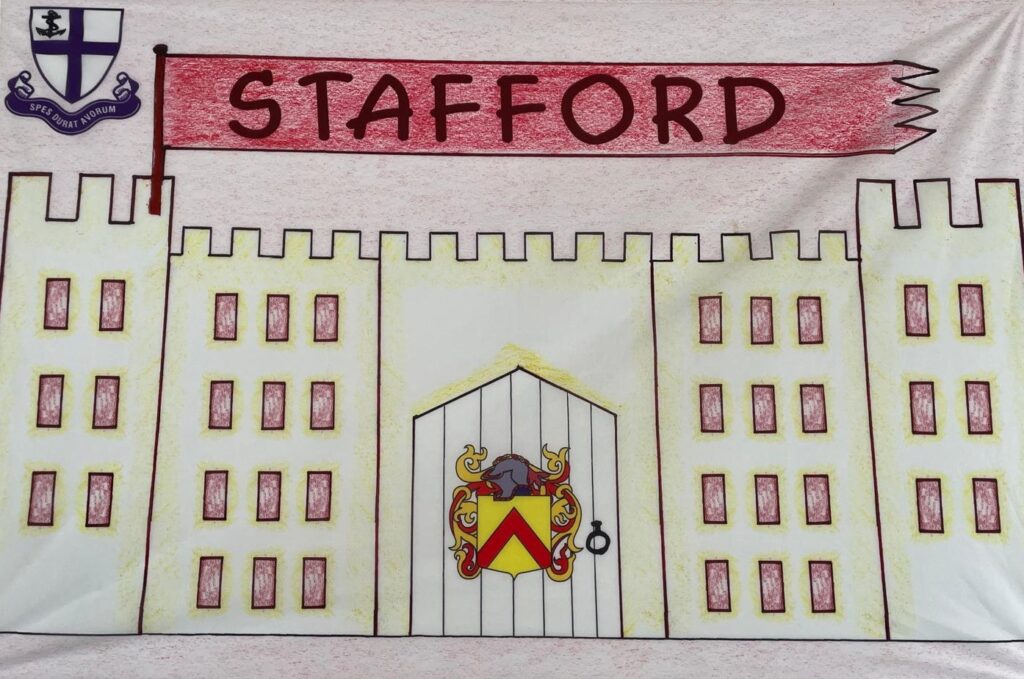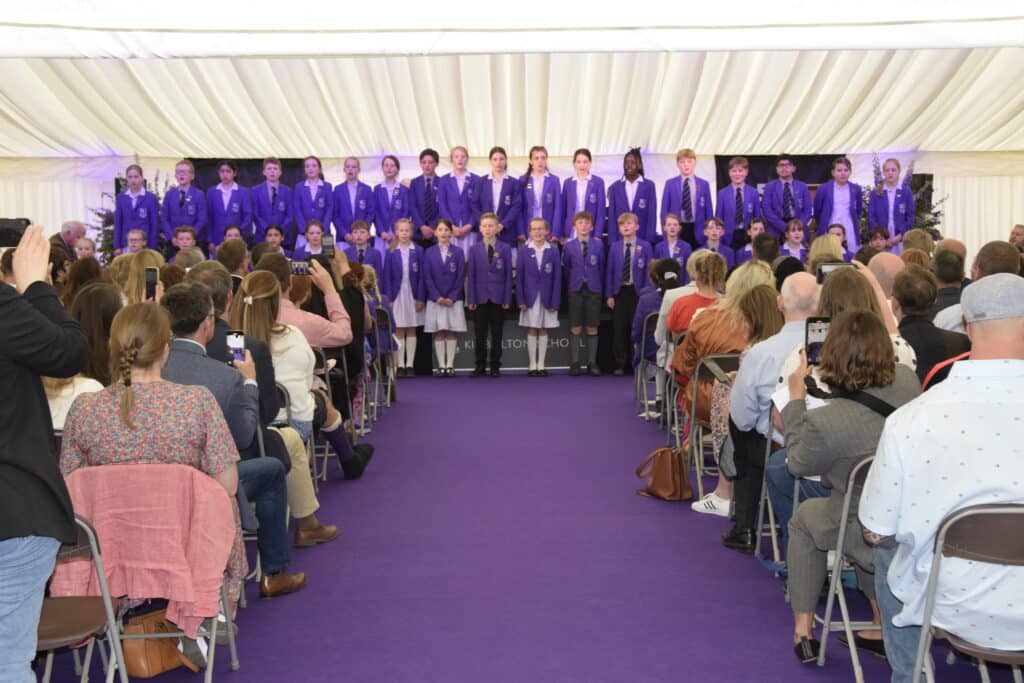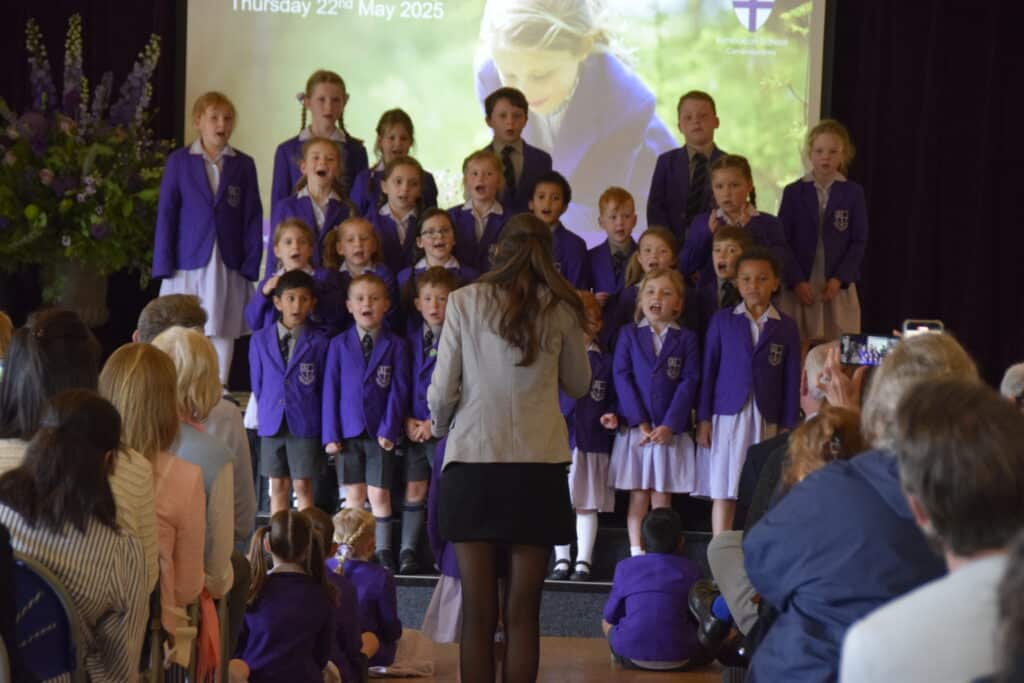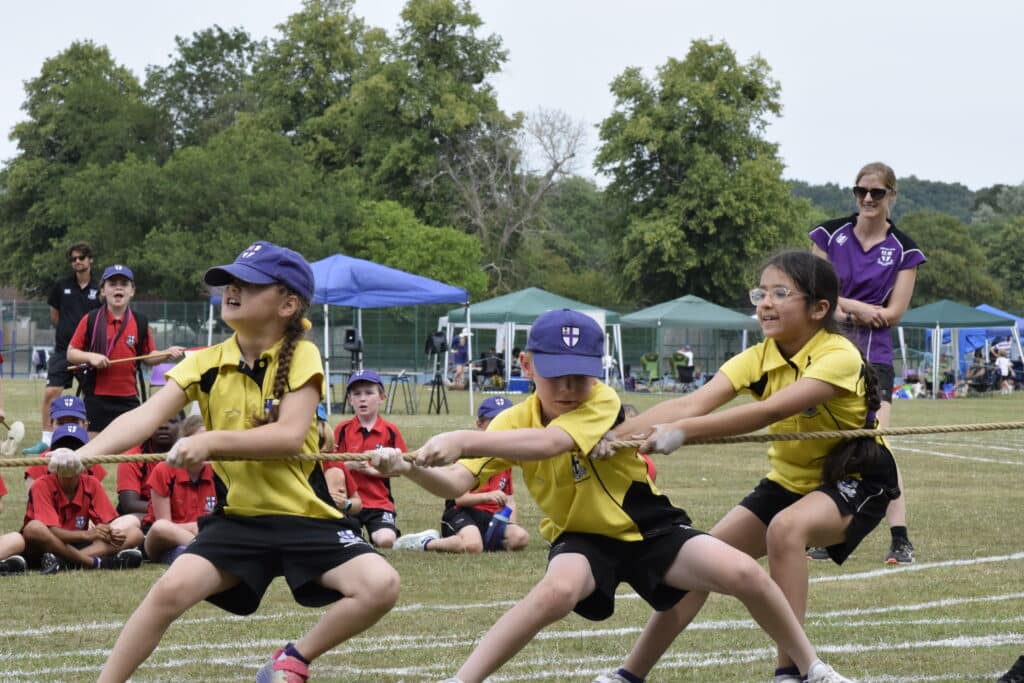
Stafford House
Welcome to Stafford House
Housemistress: Mrs Lizzie Bonnaud

House history
Stafford House takes its name from Anne Stafford, Duchess of Buckingham, an important historical figure who resided at Kimbolton Castle during the late 15th century.
Anne was the wife of Henry Stafford, 2nd Duke of Buckingham, a powerful nobleman during the turbulent period of the Wars of the Roses. Following her husband’s execution in 1483 for his rebellion against King Richard III, the Duchess continued to live at Kimbolton, which had been part of her family’s estates.
During her tenure, Anne undertook significant improvements to the castle, most notably the rebuilding of the inner court towards the end of the century. Her influence helped shape the castle’s transition from a medieval fortress into a more comfortable and stately residence. She set the stage for later transformations under subsequent owners.
Today, Stafford House commemorates her enduring connection to Kimbolton’s long and fascinating history.
Did you know? Stafford House’s colour is ‘red’ and there is a House teddy called Staffie.
House news
The House system in Prep
The house system at Kimbolton School was introduced in 1940 by then Headmaster, William Ingram, for pastoral care and competition purposes.
In Prep, all children are assigned to one of four Houses, named after previous owners of Kimbolton Castle:
- Fitzpiers
- Montagu
- Stafford
- Wingfield
Teachers are also allocated to a House and lead inter-house competitions including; football, cross-country, chess, netball, hockey, reading, general knowledge, cricket, rounders, maths, science and singing.
In Senior School and Sixth Form, different Houses are introduced. They reflect the school’s founders (Balye and Dawson) and key figures in its leadership (Ingram, Gibbard, Owen).
Leadership
Each house provides opportunities for older pupils to develop their leadership skills. In Year 6, House Captains take the lead at events such as sports day, and in leading House assemblies.
Other pupils have opportunities to encourage and support younger pupils, as well as taking lead roles in activities such as House singing.




